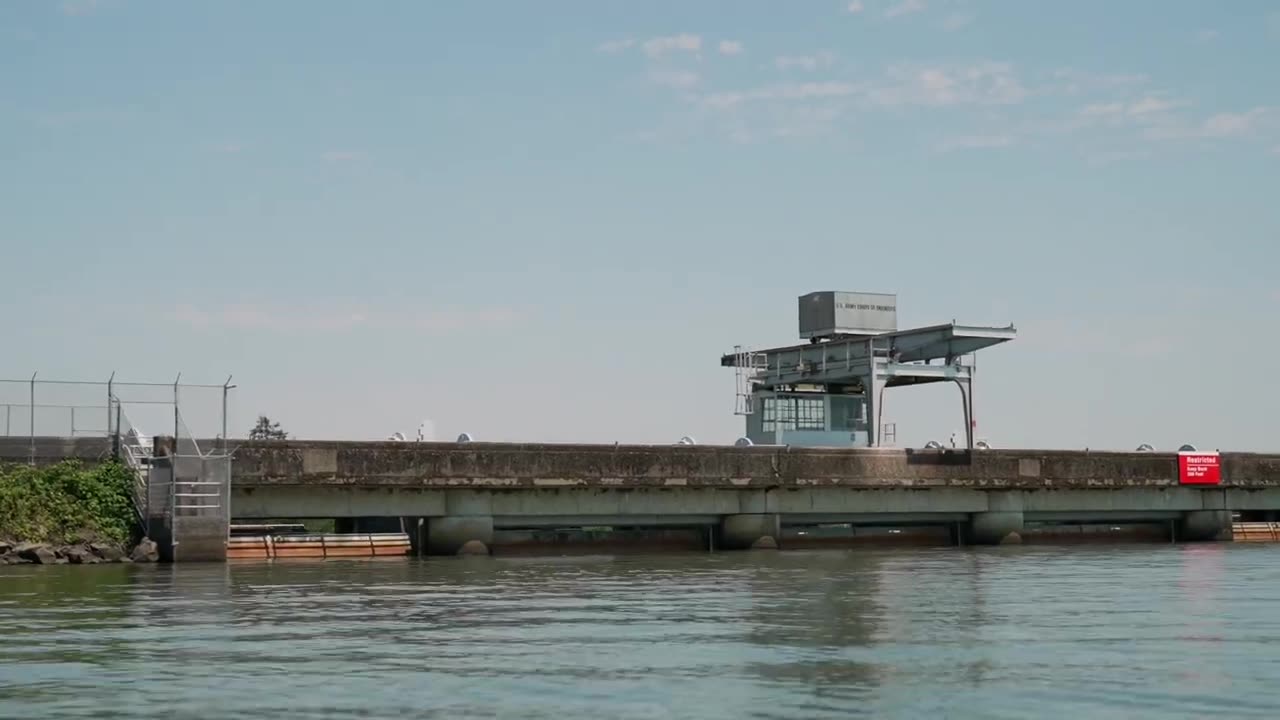Premium Only Content

SWOT_ Earth Science Satellite Will Help Communities Plan for a Better Future
Description:
In an era defined by rapid environmental changes and the imperative to foster sustainable development, the deployment of Earth science satellites presents an unparalleled opportunity for communities worldwide to strategize effectively and pave the way for a brighter future. This initiative harnesses the strengths of satellite technology and addresses the unique challenges communities face through a comprehensive SWOT (Strengths, Weaknesses, Opportunities, and Threats) analysis, bolstering their capacity to make informed decisions.
Strengths:
Earth science satellites offer a powerful vantage point from which to observe and quantify Earth's dynamic processes. These satellites possess the capability to gather real-time data on climatic patterns, natural resource distribution, land-use changes, and more. By leveraging these strengths, communities can gain unprecedented insights into their local ecosystems, enabling them to develop resilient infrastructure, assess risks, and plan for potential environmental disruptions.
Weaknesses:
While Earth science satellites provide an extensive view of the planet, there might be limitations in terms of resolution, frequency of data acquisition, and accessibility to certain remote regions. However, by collaborating with scientific institutions and space agencies, communities can work towards enhancing data accuracy and addressing these limitations, thus minimizing potential drawbacks.
Opportunities:
The data collected by Earth science satellites can revolutionize community planning by facilitating evidence-based decision-making. Communities can identify sustainable locations for urban expansion, monitor water resources, predict natural disasters, and track air quality, among many other applications. These opportunities translate into the ability to implement proactive measures that foster ecological balance, economic growth, and an improved quality of life.
Threats:
Failure to leverage Earth science satellites may leave communities susceptible to unforeseen environmental challenges. Climate change impacts, such as rising sea levels, increased frequency of extreme weather events, and shifts in ecosystems, could pose substantial threats if not properly addressed through informed planning. However, by embracing satellite-derived insights, communities can mitigate these threats and fortify their resilience against potential vulnerabilities.
Conclusion:
Embracing Earth science satellites in community planning is a transformative endeavor that empowers societies to take control of their destinies. By conducting a SWOT analysis tailored to their unique circumstances, communities can harness the strengths of satellite technology, overcome its weaknesses, seize the opportunities it presents, and proactively counter potential threats. Ultimately, this holistic approach enables communities to forge a path toward sustainable development, ensuring a better future for generations to come.
-
 1:06:37
1:06:37
Sean Unpaved
3 hours agoCincinnati's Sack King Stays: Decoding the Deal & the NFL's Open-Ended Questions
26.3K -
 LIVE
LIVE
StoneMountain64
3 hours agoWARZONE LEGEND RETURNS. GHILLIE SUIT $20k TOURNEY.
197 watching -
 2:11:17
2:11:17
Side Scrollers Podcast
5 hours agoINSANE Illegal Migrant Propaganda Xbox Game + Paypal REFUSES To Pay Dev + More | Side Scrollers
28.9K -
 LIVE
LIVE
SportsPicks
3 hours agoCrick's Corner: Episode 72
80 watching -
 30:39
30:39
ROSE UNPLUGGED
1 hour agoMore of Less: Purpose, Discipline & the Minimalist Mindset
6.36K -
 1:02:18
1:02:18
Timcast
4 hours agoDemocrat States Ignore English Language Mandate For Truckers, DoT Vows Crackdown Amid Trucker Mayhem
151K43 -
 1:57:04
1:57:04
Steven Crowder
6 hours agoAdios & Ni Hao: Trump Sends Abrego Garcia to Africa But Welcomes 600K Chinese to America
335K292 -
 3:54:14
3:54:14
The White House
6 hours agoPresident Trump Participates in a Cabinet Meeting, Aug. 26, 2025
54.2K28 -
 1:18:51
1:18:51
Rebel News
3 hours agoCarney's flawed LNG deal, Libs keep mass immigration, Poilievre's plan to fix it | Rebel Roundup
24.9K10 -
 27:39
27:39
Crypto.com
6 hours ago2025 Live AMA with Kris Marszalek, Co-Founder & CEO of Crypto.com
74.9K4